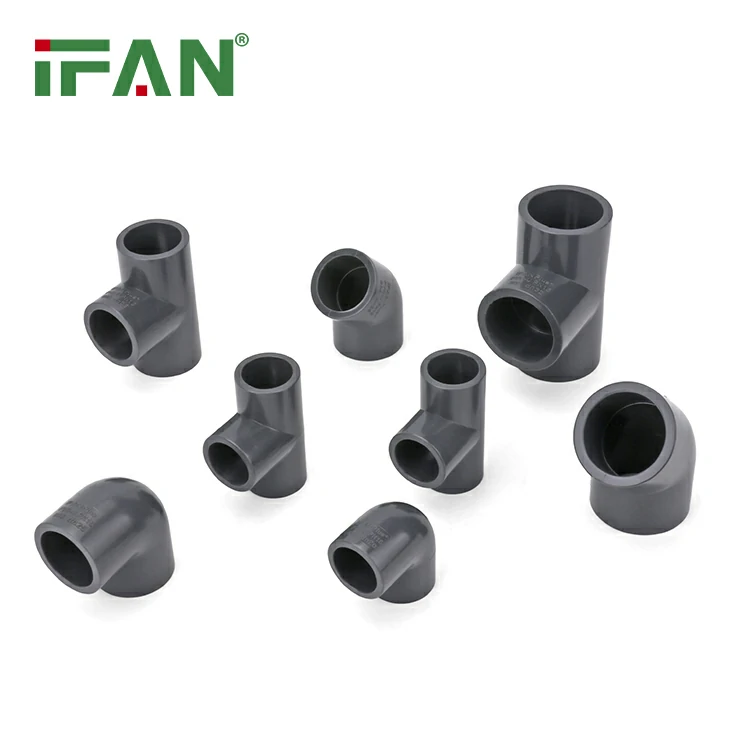Introduction to UPVC Pipe Fittings
UPVC (unplasticized polyvinyl chloride) pipe fittings are widely used in plumbing and drainage systems due to their durability and cost-effectiveness. However, like any material, they can degrade over time. Recognizing when UPVC pipe fittings need replacement ensures system efficiency and prevents potential failures. This article outlines key signs and factors to consider.
Visible Cracks or Damage
One of the most obvious signs that UPVC pipe fittings need replacement is visible cracks or physical damage. Cracks can develop due to aging, improper installation, or exposure to extreme conditions. For example, fittings exposed to freezing temperatures may become brittle and crack. Regular visual inspections help identify these issues early.
Leaks or Water Seepage
Leaks or water seepage around UPVC pipe fittings indicate a problem. This can occur due to damaged seals, misaligned fittings, or cracks. For instance, a leaking joint in a drainage system can cause water damage to surrounding structures. Addressing leaks promptly prevents further complications and ensures system integrity.
Discoloration or Warping
Discoloration or warping of UPVC pipe fittings suggests material degradation. Prolonged exposure to UV rays or harsh chemicals can cause discoloration. Warping may occur due to high temperatures or pressure. For example, outdoor fittings exposed to sunlight may turn yellow or become misshapen. These signs often warrant replacement.
Reduced Water Flow or Pressure
A noticeable reduction in water flow or pressure can indicate issues with UPVC pipe fittings. Blockages, cracks, or misalignments can restrict water movement. For instance, a fitting with internal damage may disrupt the flow in a plumbing system. Investigating and replacing affected fittings restores optimal performance.

Unusual Noises or Vibrations
Unusual noises or vibrations in the plumbing system can signal problems with UPVC pipe fittings. Loose or damaged fittings may cause rattling or knocking sounds. For example, a fitting under high pressure may vibrate excessively. Identifying and replacing problematic fittings eliminates these disturbances.
Age and Maintenance History
The age and maintenance history of UPVC pipe fitting play a role in determining replacement needs. Even with proper care, fittings degrade over time. For instance, fittings older than 50 years may require replacement even if no visible issues are present. Regular maintenance records help assess their condition accurately.
Environmental Exposure
Environmental factors like UV exposure, temperature fluctuations, and chemical contact can accelerate the wear of UPVC pipe fittings. For example, fittings in industrial settings exposed to harsh chemicals may degrade faster. Assessing environmental conditions helps determine if replacements are necessary.
Conclusion
Recognizing when UPVC pipe fitting need replacement involves monitoring for visible damage, leaks, discoloration, reduced performance, unusual noises, and environmental exposure. Regular inspections and maintenance ensure timely replacements, preventing system failures. UPVC fittings remain a reliable choice when properly managed and replaced as needed.

